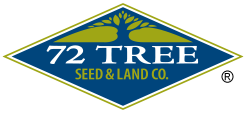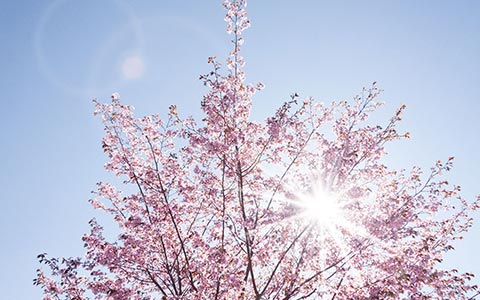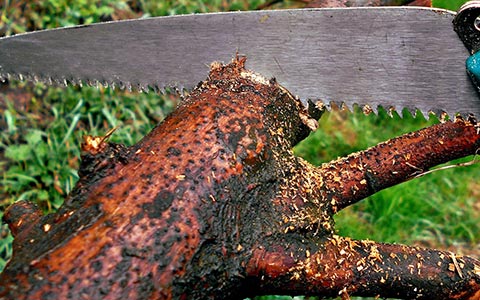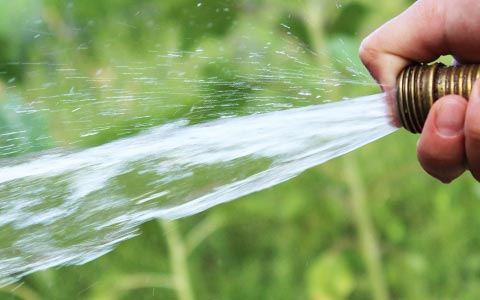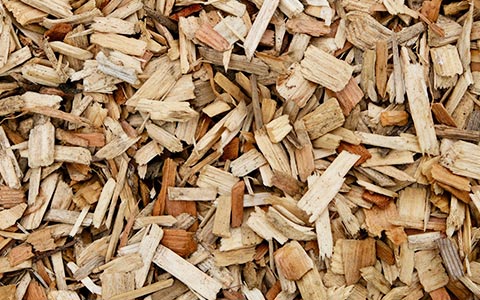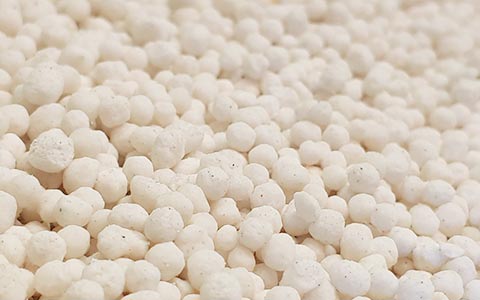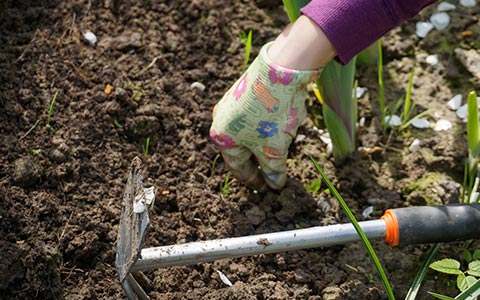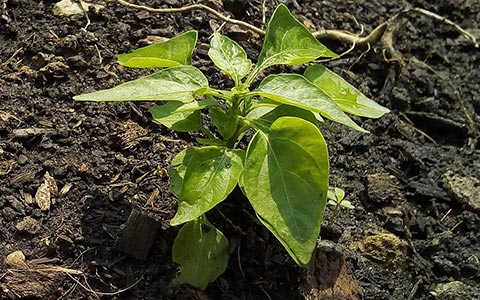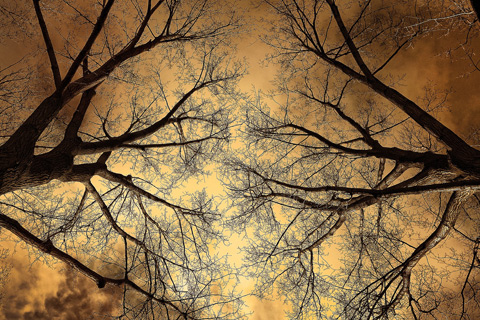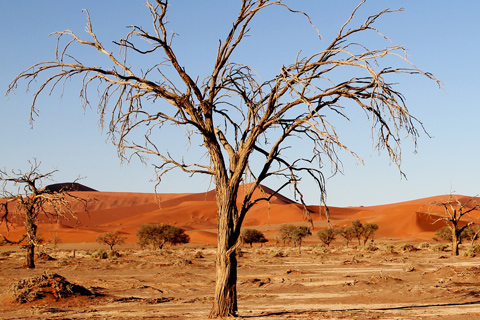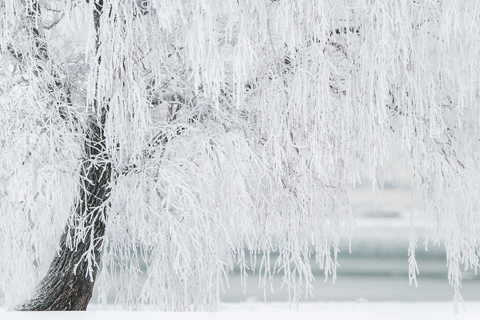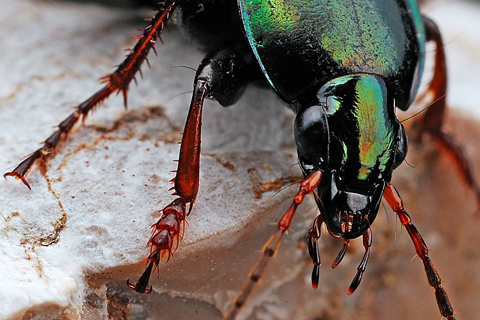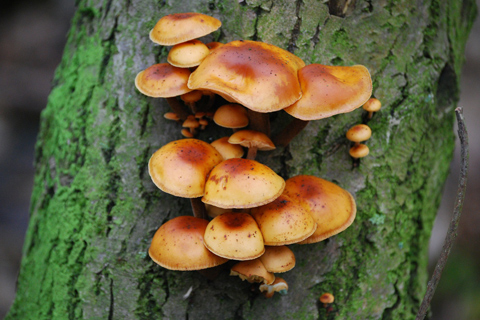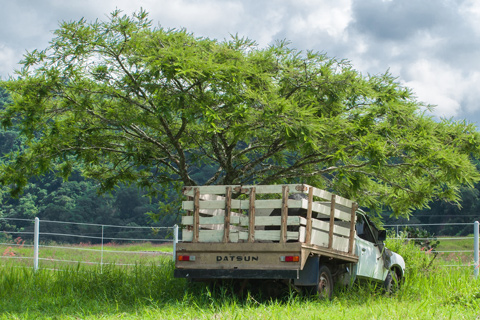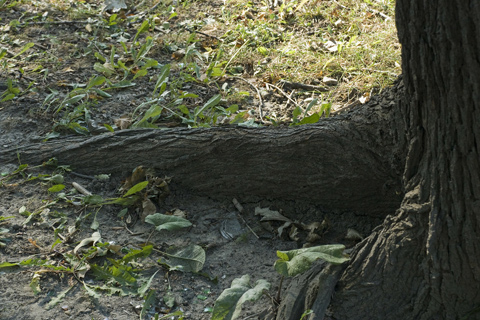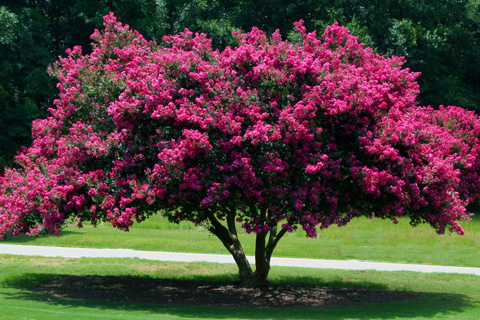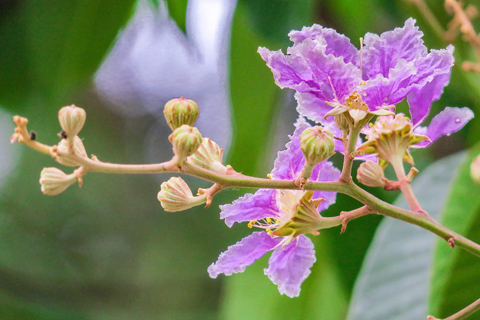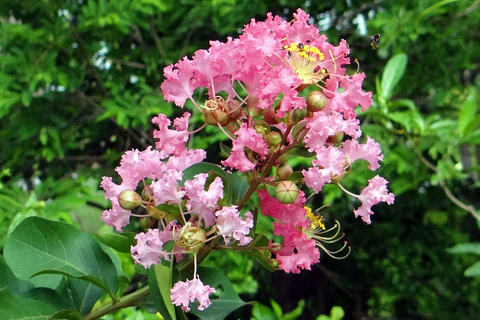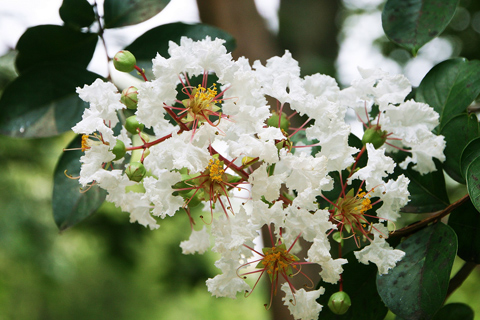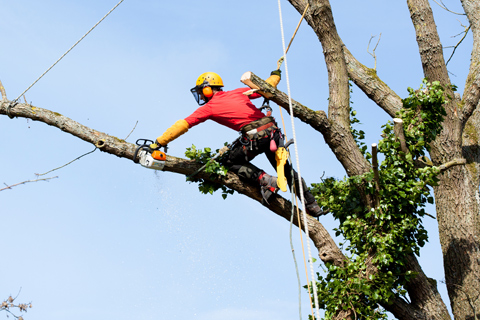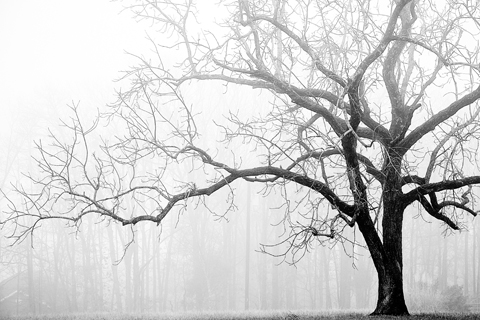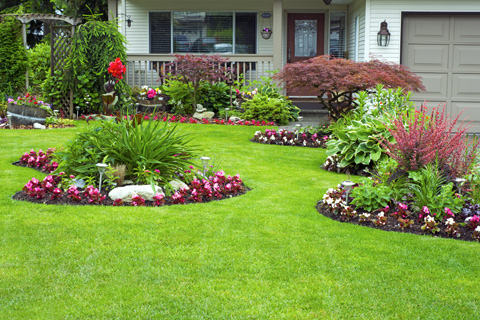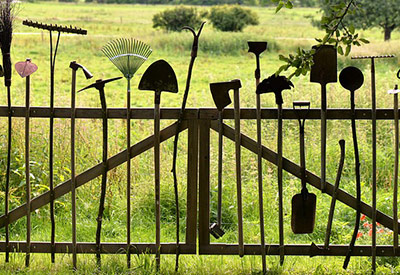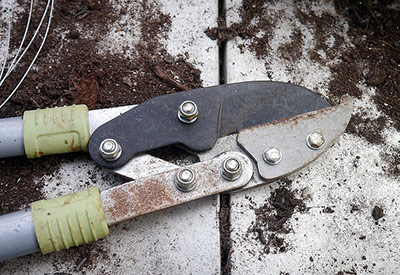Notice: Undefined variable: page in /home/vrxdg1855sn3/public_html/wp-content/themes/72tree/content.php on line 15
Notice: Trying to get property 'ID' of non-object in /home/vrxdg1855sn3/public_html/wp-content/themes/72tree/content.php on line 15
Why Tree Pruning is Important: Essential Benefits for Trees and Humans
Did you know that tree pruning is not just about maintaining a beautiful landscape, but it also profoundly impacts trees’ health, safety, and productivity? In this 72tree.com article, we will unveil the benefits of tree pruning for trees and humans and discuss why tree pruning is crucial. Join us as we explore the significance of tree pruning, how it can maximize fruit production, preserve tree structure and stability, and even support wildlife habitats. Let’s embark on a journey to fully appreciate the art and science behind this crucial aspect of tree care.
Short Summary
• Tree pruning is essential for boosting tree health, enhancing safety, and improving aesthetics.
• Regular pruning can maximize flowering and fruit production, strengthen trees against storms and manage growth.
• There are several types of pruning methods, and each method serving a unique purpose.
• There are danger and safety concerns, so it’s best to consult a certified arborist for proper techniques to maintain the health of your trees.
The Significance of Tree Pruning
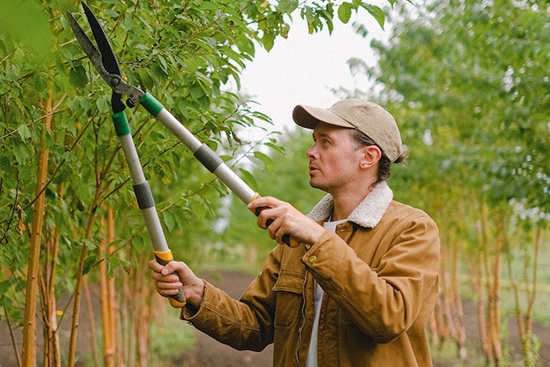
Tree pruning is a vital arboriculture practice that goes beyond mere aesthetics. It is essential for maintaining the health and safety of trees, preventing decay, reducing leaf disease, and enhancing fruit crop size and quantity. Proper pruning can also improve the structural integrity of a tree, reducing the risk of broken limbs and falling branches.
Moreover, pruning has been proven more cost-effective than removing and replacing a tree, as the cost of tree removal can exceed $1,200, not including the cost of planting a replacement.
Boosting Tree Health
Pruning is instrumental in promoting tree health by preventing the spread of decay and disease. Removing dead, diseased, or injured branches helps improve air circulation and sunlight exposure, reducing the likelihood of disease. Additionally, pruning can restrict the size of trees and influence their growth, shaping the configuration of limbs and branches to ensure structural integrity.
Pruning also promotes new growth by allowing the tree to dedicate more resources, such as water and nutrients, to other parts of the plant. This regrowth balances the top of the tree with the existing root system, leading to a healthier and more stable tree.
The proper and intentional pruning process helps trees stay healthy; so remember tree trimming encourages healthy trees that have longer lives, and a well-pruned tree is more resilient against pests and diseases and more likely to thrive in the long run.
Enhancing Safety
Promoting safety through pruning is essential, as it eliminates weak and decaying branches and limbs that could pose a risk to people and animals. Furthermore, pruning can remove branches too close to power lines or structures, preventing potential hazards. Pruning also helps reduce the risk of tree damage during storms by removing dead, diseased, and far-reaching branches, providing greater structural integrity and a balanced crown for improved resilience.
On the other hand, tree pruning can improve traffic, especially when a tree is blocking the line of sight, pedestrian flow, or automotive clearance. The safety benefits of tree pruning extend beyond merely preventing accidents. A well-pruned tree is more easily managed and can contribute to a safer environment by improving visibility around the tree and removing obstacles for pedestrians and vehicles.
So, whether it’s your backyard oasis or a bustling city street, proper tree pruning plays a crucial role in enhancing safety for all.
Improving Aesthetics
Pruning contributes to the health and safety of trees and significantly enhances their aesthetic appeal. Structural pruning can improve the tree’s overall appearance, ensuring proper weight distribution and maintaining its structure throughout its life. Moreover, techniques such as vista pruning, pollarding, and topiary can create specific aesthetic effects, sculpting shrubs and trees into decorative shapes.
An aesthetically pleasing tree is more than just visually appealing; it can also increase the value of your property and contribute to a healthier, more vibrant community. When properly pruned and cared for, trees become a point of pride for homeowners and neighborhoods. So don’t underestimate the power of a well-pruned tree to elevate the beauty and charm of your surroundings.
Maximizing Fruit Production
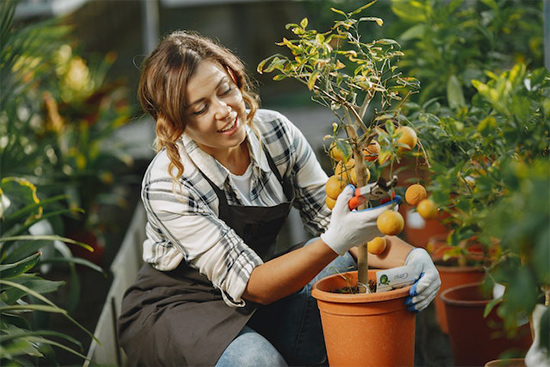
Pruning is a game-changer when it comes to fruit production. Studies have shown that properly pruned fruit trees can yield both a larger size and a greater quantity of fruit. Pruning stimulates growth spurs, increases fruit production, and optimizes flowering by removing old, unproductive branches. Additionally, improved light penetration and reduced competition for water and nutrients among branches ensure fruit trees live their best lives.
So, if you dream of harvesting baskets of juicy apples or sun-kissed peaches from your backyard, look no further than the art of pruning. With a few careful snips, you’ll be on your way to a bountiful harvest and the satisfaction of knowing that your fruit trees are thriving.
Encouraging Growth Spurs
Growth spurs are collections of buds on a lateral branch of a tree that can develop into new shoots, primarily fruit buds but also leaf buds. These spurs play a significant role in fruit production, as more spurs result in more fruit. Fruit trees such as apples, pears, and cherries are more likely to develop growth spurs, increasing their fruit-producing potential.
By pruning your fruit trees regularly, you can encourage the development of these growth spurs and enjoy the fruits of your labor.
Optimizing Light and Nutrient Access
Pruning can also optimize light and nutrient access for your fruit trees, giving them the best chance to flourish. Removing branches obstructing sunlight and nutrients allows the tree to focus its energy on developing healthy branches. This, in turn, facilitates faster and stronger tree growth, reduces the risk of disease and pests, and increases the likelihood of a bountiful fruit harvest.
Essentially, pruning sets the stage for fruit trees to thrive, making it an essential practice for any fruit tree owner.
Preserving Tree Structure and Stability
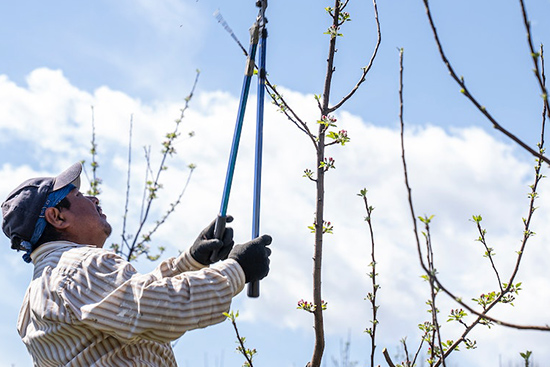
Tree pruning plays a crucial role in preserving the structure and stability of trees. Maintaining a tree’s structure provides numerous benefits that range from increasing its health, longevity, and protecting it from storms and environmental hazards. By pruning your trees regularly, you can ensure that they remain structurally sound and provide shade, beauty, and habitat for years.
Proper tree pruning techniques, such as thinning, topping, raising, and reduction, can help manage tree growth and bolster trees against storms. These pruning techniques help trees maintain a foundation while supporting various wildlife species – providing them shelter and food.
When properly pruned, trees play a vital role in a healthy ecosystem.
Managing Tree Growth
Managing tree growth is essential to pruning, ensuring trees grow healthily and stably. Pruning methods such as thinning, topping, raising, and reduction can control tree growth, ensuring trees develop a robust framework and remain resilient against failure throughout their lifespan.
By managing tree growth through regular pruning, you can maintain a beautiful, safe, and vibrant landscape that benefits both people and wildlife.
Strengthening Trees Against Storms
Trees can face significant challenges during storms, such as strong winds, heavy rain, or snowfall. Pruning can help reduce the risk of damage to trees during storms by removing dead, diseased, and far-reaching branches, providing greater structural integrity and a balanced crown for improved resilience.
Furthermore, techniques such as cabling, bracing, and lightning protection systems can be employed to reinforce trees against storm damage. By fortifying your trees through pruning and other preventative measures, you can safeguard your property and ensure the longevity of your trees.
Types of Pruning Methods
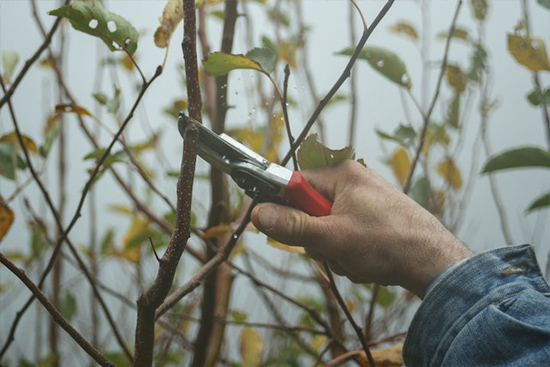
Various pruning methods are suited to different tree species and their specific needs. The most common techniques include crown thinning, dead pruning, crown reduction, crown lifting, and pollarding. Each method serves a unique purpose: to enhance the tree’s health, safety, aesthetics, or fruit production.
Understanding the different pruning methods is vital to ensure your trees receive the necessary care. Familiarizing yourself with thinning, topping, raising, and reduction techniques can help you make informed decisions about the best approach to maintain the health and beauty of your trees.
However, even if you have the right equipment, it is advisable to consult a certified arborist or local tree professionals when you are uncertain about the pruning technique most suitable for your tree species.
Thinning
Thinning is a pruning method that involves selectively removing branches to reduce the density of the tree’s foliage. This helps to improve air circulation and light penetration and reduce the potential for disease and pest infestation.
Thinning is particularly beneficial when managing overcrowded trees with damaged limbs or when you want to improve your trees’ overall health and appearance.
Topping
Topping is a pruning technique that involves cutting off the uppermost part of a tree to decrease its height. This is generally done to reduce the possibility of damage from strong winds or to enhance the tree’s visual appeal.
However, topping can be detrimental to the tree, as it removes many leaves and branches, resulting in a prolonged recovery period due to the loss of energy reserves. Extra care and time should be devoted to replacing lost branches and restoring energy reserves for a tree to recover from topping.
Raising
Raising, also known as crown lifting, is a process of tree pruning that involves removing the lower branches of a tree to provide clearance for buildings, signs, vehicles, pedestrians, and vistas. This method is particularly useful in urban environments, where trees may obstruct visibility or create hazards for pedestrians and vehicles.
By trimming low-hanging branches, raising helps create a safer and more accessible environment around your trees.
Reduction
Reduction is a pruning technique that involves removing branches to reduce the size of the tree. This method is often employed for safety reasons or to make room for power lines.
Reduction pruning involves cutting branches back to a lateral branch that is at least one-third the diameter of the limb being removed. By employing this method, you can maintain the health and stability of your trees while ensuring they do not pose a risk to people or property.
The Dangers of DIY Tree Pruning
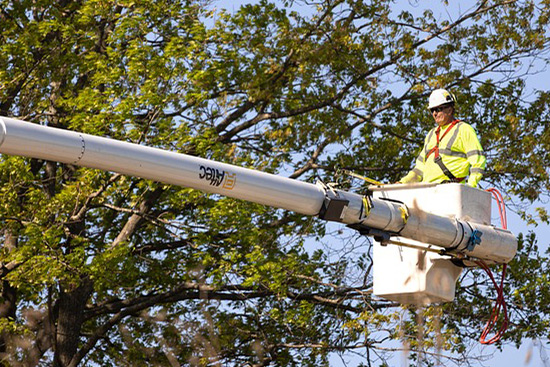
While the idea of pruning your trees yourself may seem tempting, there are several dangers associated with DIY tree pruning. The risks include potential injury to people or property and harm to trees and shrubs. Improper pruning can lead to weak or dead branches, unbalanced and unstable trees, and even irreversible damage to the tree’s health.
To avoid these risks, seeking professional tree pruning services is highly recommended. Certified arborists have the knowledge, experience, and proper tools to ensure your trees are pruned safely and effectively. By entrusting your trees to professionals, you can protect your property, your trees, and yourself from the potential dangers of DIY tree pruning.
Potential Harm to Trees
DIY tree pruning can cause a range of potential harm to your trees, such as improper placement, lack of a landscape plan, exposure to pests and diseases, and damage caused by incorrect pruning techniques. These issues can weaken trees, making them more susceptible to disease, pests, and storms.
Additionally, improper pruning can lead to irreversible damage that may require removing and replacing the tree. To ensure the health and longevity of your trees, it is best to consult with a certified arborist who can provide expert guidance on the proper pruning techniques for your specific tree species.
Safety Concerns
DIY tree pruning also poses safety risks to both you and your property. These risks include falling from a ladder, being struck by falling branches, and using inadequate tools. Additionally, unseen hazards such as decayed branches may cause injury or damage during pruning.
Wearing appropriate safety gear and utilizing proper pruning techniques is crucial to mitigate these risks. However, the best course of action is to seek professional tree pruning services to ensure your and your trees’ safety.
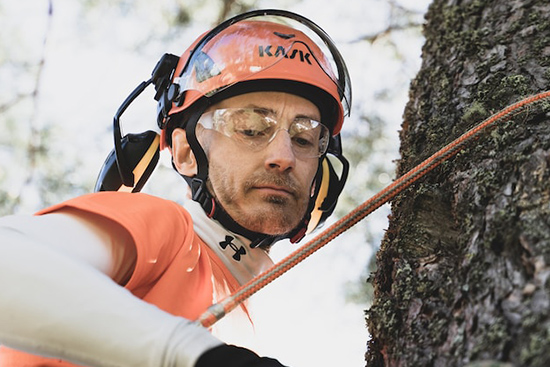
When to Prune Your Trees
Timing is crucial when it comes to tree pruning. The best time to prune your trees is during the late fall or winter, when they are dormant and less susceptible to damage. Pruning during the dormant season can help minimize damage to the tree and lessen the likelihood of further damage caused by insects and fungi.
However, it is important to note that the optimal time to prune may vary depending on the specific species of your tree. If you are uncertain about the proper pruning technique or timing for your particular tree species, it is advisable to consult a certified arborist. They can provide expert guidance on the best time to prune your trees and ensure the process is carried out safely and effectively.
You can promote better health, longevity, and overall well-being by pruning trees at the right time.
Supporting Wildlife Habitat
Tree pruning benefits the trees themselves and plays a vital role in supporting wildlife habitats. By providing shelter and food for birds, insects, and other animals, suitably pruned trees contribute to a thriving ecosystem. Moreover, pruning encourages healthy growth patterns that can support a variety of species, creating a diverse and balanced habitat.
By incorporating proper tree pruning techniques into your landscape maintenance routine, you enhance the beauty and safety of your property and contribute to the well-being of local wildlife. So, the next time you consider pruning your trees, remember that you’re beautifying your garden and nurturing a vibrant habitat for countless creatures to call home.
Summary
In conclusion, tree pruning is an essential aspect of tree care that offers a myriad of benefits for both trees and humans. Proper tree pruning can transform your landscape into a thriving oasis by boosting tree health, enhancing safety, improving aesthetics, and maximizing fruit production. By understanding the various pruning methods and seeking professional guidance when needed, you can ensure the well-being of your trees, support wildlife habitats, and create a beautiful, safe, and productive environment for all to enjoy. So, go ahead and embrace the art of tree pruning, and watch your trees flourish.
Frequently Asked Questions
Why does pruning encourage growth?
Pruning encourages growth by reducing the competition for resources, allowing more light and air to reach developing buds, and stimulating lateral bud development.
By eliminating older, unproductive branches, the remaining branches can flourish with available resources, resulting in improved growth and a healthy tree.
How do you know when a tree needs pruning?
Pruning is an essential part of maintaining the health of your trees. Keep an eye out for broken or weak branches, dead and diseased limbs, storm damage, too much growth, or branches close to utility lines, which may all indicate a need for pruning.
Pruning can help improve the tree’s structure, reduce the risk of storm damage, and improve the tree’s overall health.
Does trimming a tree make it stronger?
Yes, properly pruning a tree can make it healthier and more robust. Pruning helps create a firm foundation and ensures branches grow in the right direction. This promotes strong and healthy growth, weight distribution, and balance of the crown for improved overall tree health.
What are the disadvantages of pruning?
Pruning, when done incorrectly, can be detrimental to the health of plants as it can create weak or hazardous structures that are more susceptible to diseases and damage from insects and cold temperatures. As such, pruning should always be undertaken with great care and consideration for the plant’s health.
Pruning can be difficult, as it requires knowledge of the plant’s growth habits and an understanding of its desired shape and size. It is important to remember that pruning should be done to improve the health and appearance of the plant.
